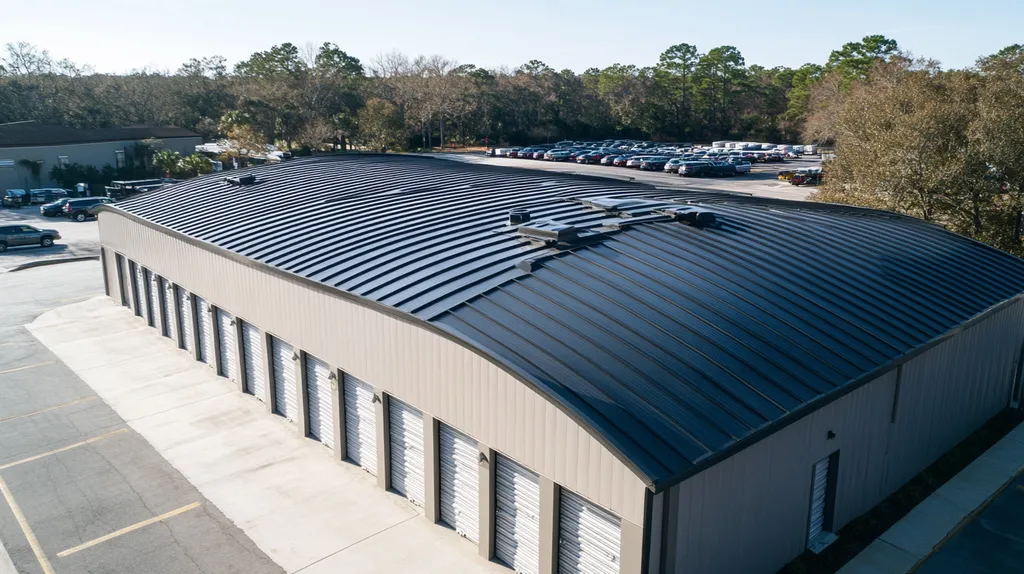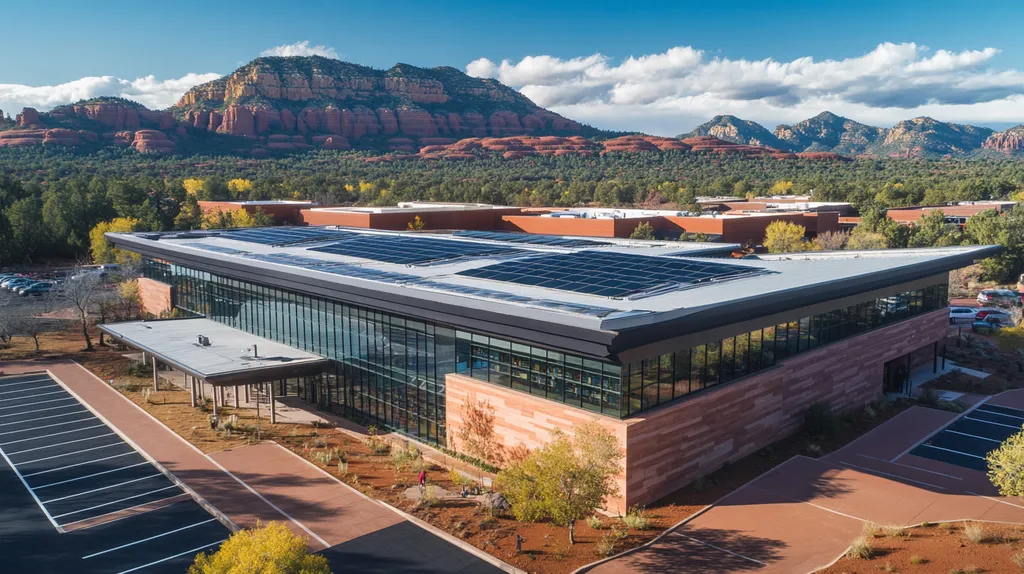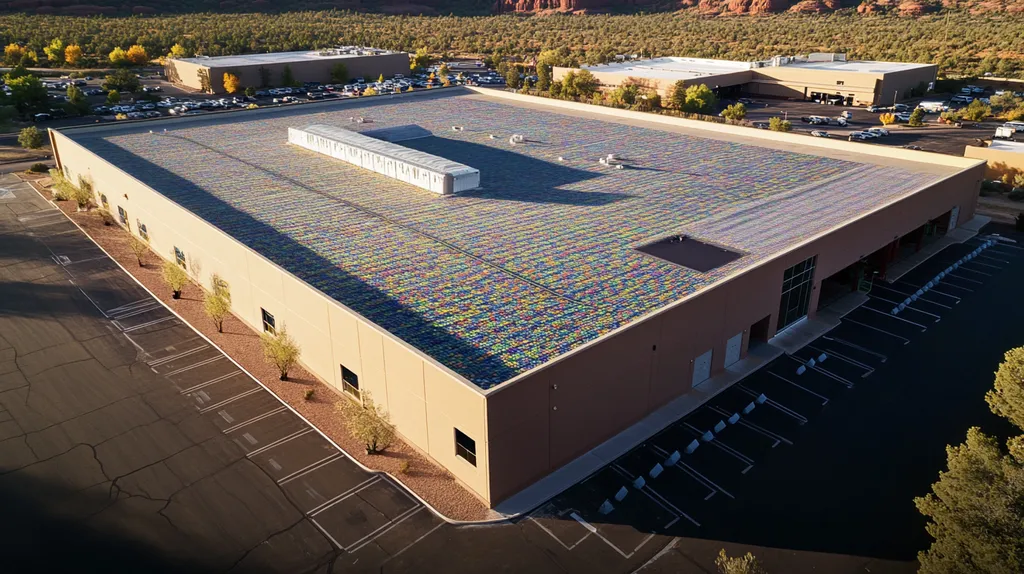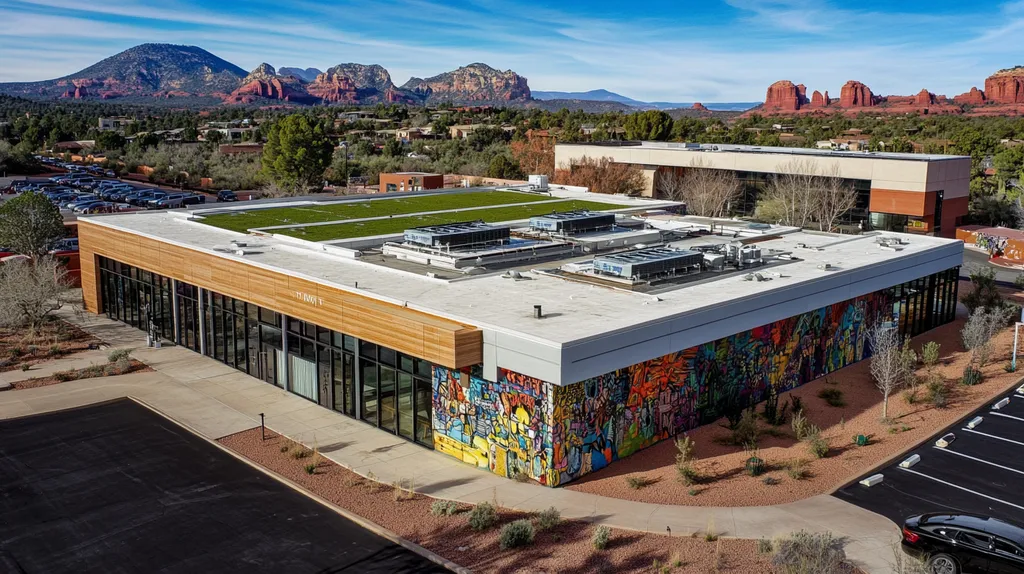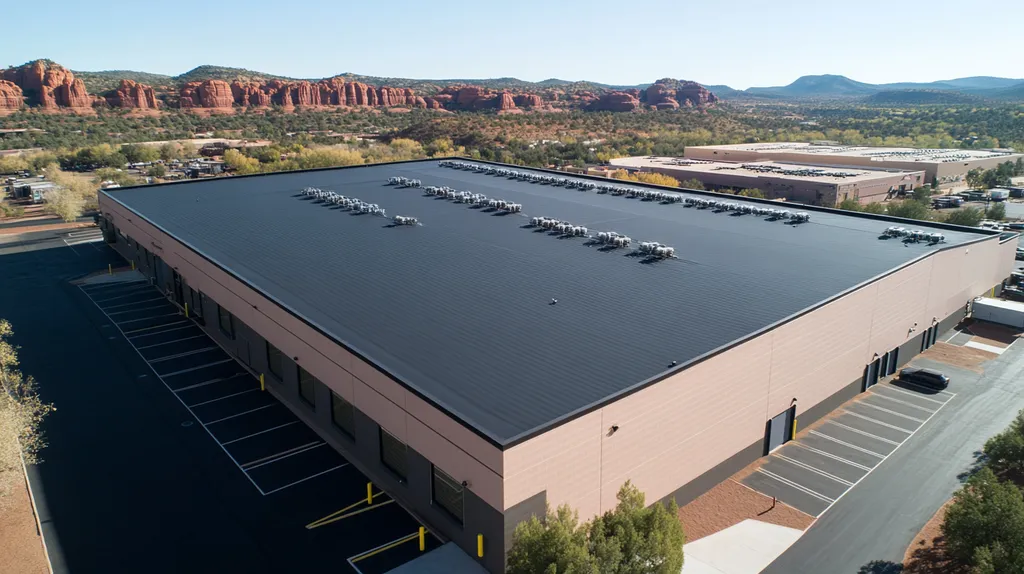Welcome to today’s Battle Royale featuring two roofing heavyweights: “Spray Foam” in the east corner versus “Polyiso Board” in the west!
Tonight’s showdown pits these contenders against each other across six punishing rounds designed to test every aspect of their performance for Insulation Types Compatible with Commercial Roof Coatings.
At stake? Millions in potential costs, decades of building protection, and the critical performance demands of modern commercial and industrial facilities.
Our professional judging panel will evaluate each round on technical merit, real-world performance, and value delivery. After all six rounds, we’ll declare our ultimate champion.
Ladies and gentlemen, facility managers and building owners… it’s time to rumble!
ROUND 1: INITIAL COSTS & INSTALLATION
The initial investment in commercial roof insulation can make or break a building’s long-term financial performance. Research shows that proper insulation selection and installation can reduce heating and cooling costs by up to 40% in commercial buildings. Understanding the cost implications and installation requirements of Spray Foam versus Polyiso Board helps facility managers make informed decisions that impact both immediate budgets and long-term operating expenses.
Material Expenses
Initial material costs represent a significant portion of any commercial roofing project’s budget. Spray Foam typically costs 30-50% more per square foot than Polyiso Board, primarily due to its specialized chemical composition and application requirements.
Polyiso Board offers predictable pricing and comes in standardized dimensions, making it easier to estimate material quantities and costs. Its widespread availability and established manufacturing processes help keep costs competitive.
The cost difference becomes particularly notable on large commercial projects, where material expenses can reach hundreds of thousands of dollars. For budget-conscious projects, Polyiso Board’s lower material costs provide a clear ADVANTAGE.
Installation Complexity
Installation complexity directly affects labor costs and project risk. Spray Foam requires specialized equipment, precise environmental conditions, and highly trained applicators certified in foam application techniques.
Polyiso Board installation follows traditional construction methods familiar to most roofing crews. The straightforward mechanical attachment or adhesive application process requires minimal specialized training.
Weather sensitivity also impacts installation complexity. Spray Foam application requires specific temperature and humidity ranges, while Polyiso Board offers greater flexibility in installation conditions.
Given its simpler installation requirements and broader contractor availability, Polyiso Board gains another clear ADVANTAGE in this category.
Project Timeline
Project duration affects both direct costs and business disruption. Spray Foam installation can be completed quickly once conditions are ideal, with immediate curing and no need for multiple layers.
Polyiso Board installation may require additional steps, including multiple layers and attachment procedures. However, its installation is less weather-dependent, allowing for more predictable project scheduling.
When considering total project timeline reliability, both options present distinct advantages and limitations, resulting in a TIE for this category.
ROUND 1 WINNER: POLYISO BOARD
ROUND 2: DURABILITY & LIFESPAN
The durability and lifespan of commercial roof insulation directly impact building performance and long-term operating costs. Premature insulation failure can lead to moisture infiltration, compromised structural integrity, and skyrocketing energy expenses. Understanding how different insulation materials perform over time helps facility managers protect their investment and avoid costly repairs.
Long-Term Performance Under Stress
Spray polyurethane foam creates a seamless, monolithic barrier across the entire roof surface. Its superior R-value of 7.2 per inch and excellent moisture resistance help maintain consistent performance throughout its service life. (source: IKO)
This seamless application eliminates the thermal bridges and weak points common in board-type insulations. The foam’s ability to self-flash around penetrations and conform to irregular surfaces provides superior protection against water intrusion.
Polyiso board relies on proper installation and sealing of joints between panels to maintain its effectiveness. Even minor installation errors can create pathways for moisture and air infiltration that compromise performance over time.
For long-term performance stability, spray foam’s seamless nature earns it the clear ADVANTAGE.
Impact and Weather Resistance
Spray foam’s dense, closed-cell structure provides excellent resistance to wind uplift and impact damage. The material maintains its shape and position even under severe weather conditions, helping protect the underlying roof structure.
The rigid nature of polyiso board makes it more susceptible to cracking and displacement from impacts or building movement. Board joints can separate over time, creating vulnerable points in the insulation system.
Weather resistance testing shows spray foam’s superior ability to maintain its protective properties under extreme conditions, giving it another clear ADVANTAGE.
Maintenance Requirements
Spray foam typically requires minimal maintenance beyond periodic coating inspection and renewal. Its self-flashing properties and lack of seams reduce the number of potential failure points requiring regular attention.
Polyiso board systems need more frequent inspection of board joints, fasteners, and edge conditions. Repairs often involve removing and replacing damaged sections, which can be labor-intensive and disruptive.
The significantly lower maintenance burden of spray foam systems earns it the ADVANTAGE in this category.
ROUND 2 WINNER: Spray Foam
ROUND 3: PERFORMANCE FACTORS
The performance capabilities of commercial roof insulation directly impact building energy costs and system longevity. Studies show that improper insulation selection can increase HVAC expenses by up to 40% while reducing roof system lifespan by years. Facility managers must carefully evaluate how different insulation types perform across key metrics to protect their investment and optimize building operations.
Thermal Resistance and Energy Efficiency
Thermal resistance determines how effectively insulation materials prevent heat transfer through the roof assembly. This directly impacts heating and cooling costs throughout the building’s operational life.
Spray Foam creates a continuous insulation layer with R-values ranging from 6.0 to 7.2 per inch. Its seamless application eliminates thermal bridging and maintains consistent performance across the entire roof surface.
Polyiso board delivers R-values between 5.5 and 6.8 per inch and requires careful installation to minimize gaps between panels. Its thermal performance can vary based on environmental conditions and installation quality.
Given its higher consistent R-value and elimination of thermal bridges, Spray Foam earns the ADVANTAGE in this category.
Moisture Management
Effective moisture control prevents insulation degradation and protects the underlying roof structure. Poor moisture management leads to decreased thermal performance and accelerated system deterioration.
Spray Foam’s closed-cell structure and seamless application create an effective vapor barrier. This prevents moisture accumulation within the insulation layer and reduces the risk of condensation problems.
Polyiso board relies on proper joint sealing and vapor retarders to manage moisture. Even minor installation defects can create pathways for moisture infiltration that compromise system performance.
The superior moisture resistance of Spray Foam provides another clear ADVANTAGE.
Air Infiltration Control
Air leakage through the roof assembly can significantly impact building energy efficiency and comfort. Proper air barrier performance is essential for maintaining consistent indoor conditions.
Spray Foam creates an inherent air barrier upon application. Its ability to expand and seal around penetrations eliminates the need for additional air barrier materials.
Polyiso board requires supplemental air barrier materials and careful detailing at joints and penetrations. This increases both complexity and the potential for air leakage paths.
The self-sealing properties of Spray Foam earn it the ADVANTAGE in air infiltration control.
ROUND 3 WINNER: Spray Foam
ROUND 4: MAINTENANCE REQUIREMENTS
Maintenance decisions for commercial roof insulation systems directly impact building performance and operational costs. Studies show that inadequate maintenance can reduce insulation effectiveness by up to 40% within the first five years of installation. Understanding the ongoing care requirements for different insulation types helps facility managers develop appropriate maintenance strategies and allocate resources effectively.
Regular Inspection Requirements
Spray Foam systems require biannual professional inspections to assess coating integrity and identify potential damage areas. The seamless nature of the system makes inspections straightforward, focusing primarily on surface conditions and penetration points.
These inspections typically take 1-2 days for an average commercial roof, with minimal disruption to building operations. Early detection of issues prevents minor problems from escalating into major repairs.
Polyiso Board systems demand more frequent inspections, particularly at board joints, fastener points, and perimeter areas. These inspections often require partial roof system disassembly to verify insulation condition.
The more complex and time-consuming nature of Polyiso Board inspections gives Spray Foam the ADVANTAGE in this category.
Repair Procedures
Spray Foam repairs typically involve simple reapplication of foam or coating in damaged areas. The material’s self-adhering properties allow for seamless integration of repairs with existing insulation.
Most repairs can be completed within hours using standard spray equipment. The quick cure time minimizes facility disruption and prevents moisture infiltration during the repair process.
Polyiso Board repairs often require removing and replacing entire sections of insulation and associated roofing materials. This process is more labor-intensive and creates additional potential failure points at repair transitions.
The simpler, more efficient repair process for Spray Foam earns it another clear ADVANTAGE.
Long-term Maintenance Costs
Spray Foam systems typically require recoating every 10-15 years, representing the primary maintenance expense. The predictable nature of this maintenance allows for accurate long-term budget planning.
Between recoating cycles, maintenance costs remain minimal due to the system’s seamless nature and self-flashing properties. Emergency repairs are rare when regular inspections are maintained.
Polyiso Board systems face more variable maintenance costs due to potential issues with board separation, fastener loosening, and moisture infiltration. These unpredictable repairs make budget planning more challenging.
The more predictable and generally lower maintenance costs of Spray Foam systems secure the ADVANTAGE in this category.
ROUND 4 WINNER: Spray Foam
ROUND 5: SUSTAINABILITY CREDENTIALS
Environmental performance increasingly drives commercial roofing decisions, with sustainable insulation choices directly impacting both operational costs and environmental compliance. Studies show that proper insulation selection can reduce building energy consumption by up to 40% while supporting corporate sustainability goals. Understanding how different insulation types contribute to green building standards helps facility managers make environmentally responsible choices that align with both operational and sustainability objectives.
Energy Efficiency and Performance
Energy efficiency remains the cornerstone of sustainable building practices, directly impacting both environmental footprint and operational costs. Polyurethane spray foam delivers superior thermal resistance with R-values up to 6.6 per inch, while creating a continuous, seamless barrier across the roof surface. (source: IKO)
This seamless application eliminates thermal bridges common in board systems, maintaining consistent performance throughout the roof assembly. The foam’s ability to conform to irregular surfaces and seal around penetrations further enhances its thermal efficiency.
Polyiso board provides strong thermal performance but requires careful installation to minimize gaps and thermal bridges. Even minor installation defects can create paths for heat loss that compromise overall efficiency.
The superior thermal performance and seamless nature of spray foam earns it the ADVANTAGE in this category.
Recyclability and Environmental Impact
Material recyclability plays a crucial role in reducing construction waste and supporting circular economy initiatives. Polyiso board offers significant advantages in this area, as panels can be removed intact and recycled into new construction materials.
The established recycling infrastructure for polyiso makes it easier for facility managers to incorporate material recovery into their sustainability programs. Many manufacturers now offer take-back programs that simplify the recycling process.
Spray foam presents greater challenges for recycling due to its permanent adhesion to substrates. While it reduces waste during installation, end-of-life disposal typically requires landfilling.
The superior recyclability of polyiso board provides it with the ADVANTAGE in this category.
Life Cycle Assessment and Long-term Durability
Life cycle environmental impact encompasses manufacturing, installation, operational performance, and eventual disposal. Spray foam’s superior moisture resistance and self-flashing properties help maintain performance throughout its service life.
The material’s resistance to degradation reduces the frequency of replacement, minimizing the environmental impact of manufacturing and installing replacement materials. Its consistent performance also helps maintain building energy efficiency over time.
Polyiso board typically requires more frequent maintenance and earlier replacement, particularly in challenging environments. This shorter practical lifespan increases its overall environmental impact.
The extended service life and maintained performance of spray foam earn it the ADVANTAGE in this category.
ROUND 5 WINNER: Spray Foam
ROUND 6: SPECIALIZED APPLICATIONS
The versatility of commercial roof insulation systems can make or break performance in specialized applications. Industry data shows that up to 40% of roofing failures occur in areas with unique architectural features or challenging environmental conditions. Understanding how different insulation types perform in specialized scenarios helps facility managers avoid costly system failures while maintaining optimal building performance.
Adaptability to Unique Roofing Scenarios
Complex roof geometries, multiple penetrations, and irregular surfaces demand insulation systems that can maintain consistent performance across varying conditions. Spray Foam’s liquid application allows it to conform to virtually any surface configuration.
The material’s expansion properties enable complete coverage of irregular shapes and seamless integration with roof penetrations. This eliminates the need for complex cutting and fitting typically required with board products.
Polyiso board, while effective for standard configurations, requires extensive modification and custom fitting for complex geometries. This increases both installation time and the potential for performance gaps.
The superior adaptability of Spray Foam to challenging configurations earns it the ADVANTAGE in this category.
Performance in Extreme Weather Conditions
Specialized applications often involve exposure to severe weather conditions that can compromise insulation performance. Spray Foam’s closed-cell structure and seamless application create a highly resistant barrier against wind, rain, and temperature extremes.
The material’s ability to maintain dimensional stability under thermal cycling helps prevent the development of gaps or separation that could compromise system performance.
Polyiso board systems rely on mechanical fastening or adhesive bonding to resist environmental forces. These attachment points can become stress concentrators under extreme conditions, potentially leading to system failure.
Given its superior weather resistance and structural stability, Spray Foam claims the ADVANTAGE in this category.
Compatibility with Mechanical Equipment
Successful integration with rooftop mechanical systems requires insulation that can accommodate equipment loads while maintaining thermal performance. Spray Foam’s ability to create self-flashing details around equipment supports simplifies installation and reduces potential failure points.
The high compressive strength of closed-cell foam provides excellent load distribution for equipment mounting plates and supports. This eliminates the need for additional reinforcement typically required with board insulation.
Polyiso board installations often require supplemental support systems and complex flashing details around mechanical equipment. These additional components increase both cost and maintenance requirements.
The superior integration capabilities of Spray Foam earn it the ADVANTAGE in this category.
ROUND 6 WINNER: Spray Foam
AND THE WINNER IS…
After six grueling rounds of technical evaluation, we have our verdict…
In a stunning display of technical superiority, taking FOUR of our six championship rounds, the undisputed champion of commercial roof insulation compatibility is SPRAY FOAM!
This heavyweight dominated with knockout performances in durability, performance factors, maintenance requirements, and specialized applications. Its seamless application, superior moisture resistance, and exceptional adaptability to complex configurations proved unstoppable in the commercial arena.
But don’t count Polyiso Board out completely! This veteran contender showed impressive strength in initial costs and installation, making it a formidable choice for budget-conscious projects with straightforward configurations and shorter planning horizons.
Remember, folks: Every building brings its own unique challenges to the ring. Local climate conditions, structural requirements, and specific property characteristics can all influence the final decision. While this analysis showcases general performance patterns, it can’t account for every variable in your corner.
Always consult with qualified roofing professionals who can evaluate your specific situation before making your final call.
In the high-stakes world of commercial roofing, true victory comes not from blindly backing the champion, but from strategically matching your building’s specific requirements with the right contender’s strengths. Now, get out there and make your choice count!
FREQUENTLY ASKED QUESTIONS
Q. What are the initial costs for commercial roof insulation?
A. Initial material costs can vary significantly between insulation types. Spray Foam typically costs 30-50% more per square foot than Polyiso Board due to its specialized application process. Understanding these costs can help property owners budget effectively and choose insulation that aligns with financial goals.
Q. Which insulation type lasts longer on a commercial roof?
A. Spray Foam is known for its durability and long lifespan. Its seamless application prevents moisture infiltration and thermal bridging, maintaining performance over time. Conversely, Polyiso Board can be more susceptible to installation errors and may require replacement sooner, impacting overall roof longevity.
Q. How do Spray Foam and Polyiso Board compare in thermal resistance?
A. Spray Foam offers superior thermal resistance, with R-values between 6.0 and 7.2 per inch. Its seamless application reduces thermal bridging. On the other hand, Polyiso Board provides R-values between 5.5 and 6.8 per inch, but its performance is dependent on proper installation to prevent gaps.
Q. What are the maintenance requirements for commercial roof insulation?
A. Spray Foam systems require less frequent maintenance, generally needing biannual inspections. In contrast, Polyiso Board requires more regular checks at joints and fasteners, which can add to operational disruptions. The reduced complexity of Spray Foam repairs further simplifies ongoing maintenance tasks.
Q. Which insulation option is more sustainable for commercial roofs?
A. Polyiso Board is known for its recyclability, allowing for more sustainable disposal practices. In contrast, Spray Foam presents challenges at end-of-life disposal due to its permanent adhesion. Facility managers should consider these factors alongside energy efficiency when assessing sustainability credentials.
Q. How do the insulation types perform in extreme weather?
A. Spray Foam provides excellent resistance to extreme weather conditions, maintaining structural integrity despite temperature fluctuations. Polyiso Board, while effective, may struggle under severe weather due to its reliance on mechanical fasteners, which can be stress points. This makes Spray Foam more reliable in adverse conditions.
Q. Which insulation type is better for specialized applications?
A. Spray Foam excels in specialized applications due to its ability to conform to unique roof geometries and irregular surfaces. Its liquid application eliminates the need for complex fitting that Polyiso Board requires, making it preferable for complex architectural scenarios and installations with multiple penetrations.


